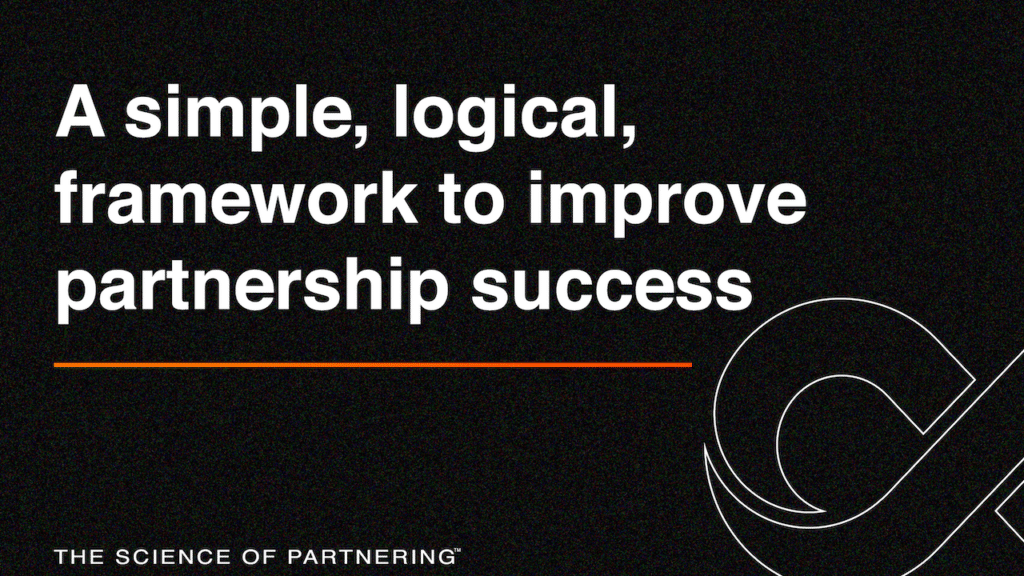The genesis behind PARTNERNOMICS® was to offer simple, logical, and universal frameworks that companies of all sizes, from all industries, and all levels of maturity could implement to significantly improve their partnerships’ success. At its core, every successful partnering organization executes two core processes, a partnership operating system, and an iterative partnering process.
At PARTNERNOMICS, our version of the partner operating system is named the “Strategic Partner Leadership Model™ (SPLM),” which is the focus of this blog series. We refer to the second core process, the iterative partnering system, as the “5-Phase Partnering Process (5PPP).” The 5PPP is a framework that identifies critical components starting with the partnership strategy, and concludes in phase five, with launching a newly executed partnership. The 5PPP will be the subject of a future blog series.
The Strategic Partner Leadership Model (SPLM) is a partnership operations framework that is applied at two levels, internal and external. Like bookends on a shelf or buns on your favorite sandwich, the SPLM is deployed at the beginning of launching your new partnerships team and it is applied again when you launch new partnerships. Let me explain, starting with the SPLM’s internal use.
Internal Use
The SPLM contains the critical activities and procedures that foster a partnering team’s long-term success. The six elements of the SPLM are vision, teams, goals, metrics, processes, and results. Each element contains numerous insights, tools, and success practices unique to that element. Unlike models such as the Malcolm Baldrige framework or the Entrepreneur Operating System (EOS) that focus on general business operations, the Strategic Partner Leadership Model is specifically designed for partnership teams and their critical charters.
The first layer of implementation is achieved at your partnering team’s internal level. Each element requires that strategic decisions be made to bring consistency and clarity across your team and your organization. Some implementation activities are sequential; for example, your team must define its goals before deciding which metrics to track. Other activities, however, may be implemented simultaneously. Again, we will cover each of these elements and their success practices in this blog series.
External Use
When your team begins to mature in its internal implementation of the SPLM, it will be ready to implement the other end of the bookshelf, your sandwich’s top bun. Now you are ready to apply the SPLM to your individual partnerships. After your team members become SPLM rockstars, they will be able to apply the model to new partners as they go through the partnering process (5 Phase Partnering Process). But for your existing partners, you will need to “retrofit” your partnerships to the model.
When your Partner Development Leaders implement the SPLM with each new partner, they will identify, align, and imbed critical tools and procedures for each of the six elements. For example, the vision element applies to your organization (internal) and it links to each of your partners (external). This exercise is fulfilled with each of the remaining elements as well, teams, goals, metrics, processes, and results.
The SPLM acts as a living and continuous framework to help each company proactively manage each of its strategic relationships. The model’s six elements are interdependent pieces that complement each other like pillars of a bridge. Although implementing only a subset of the six elements will add some value, all six are required for a comprehensive and sustainable structure.
The SPLM will allow your team and each of your partnerships to continually evolve in a way that offers powerful structure and significant value to all collaborating parties. If you would like to achieve higher levels of success and speed your time to sustainable revenues, I urge you to study and implement the practices of the SPLM framework. We are looking forward to bringing this Strategic Partner Leadership Model (SPLM) blog series to you over the coming weeks.


